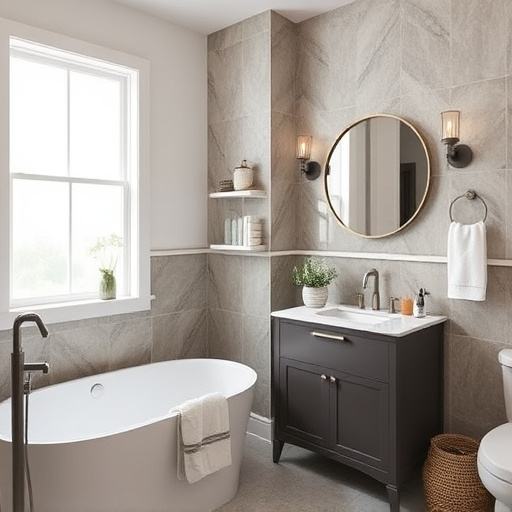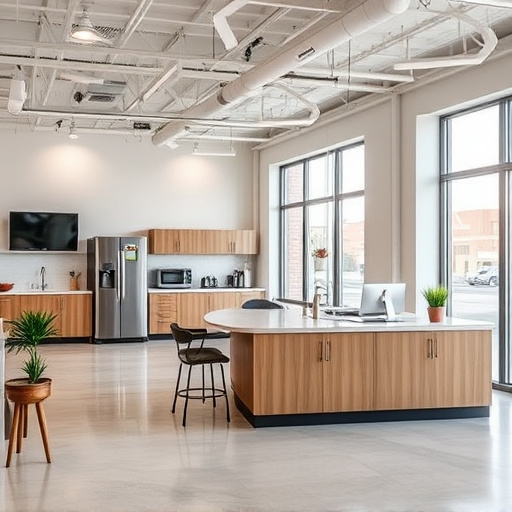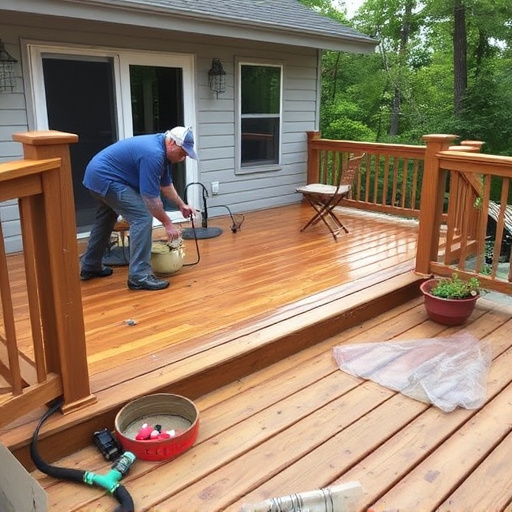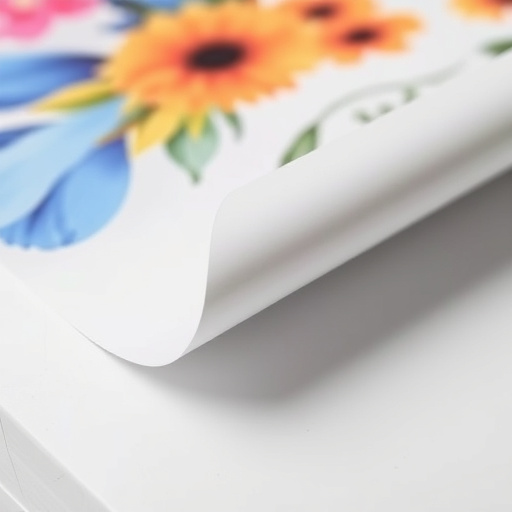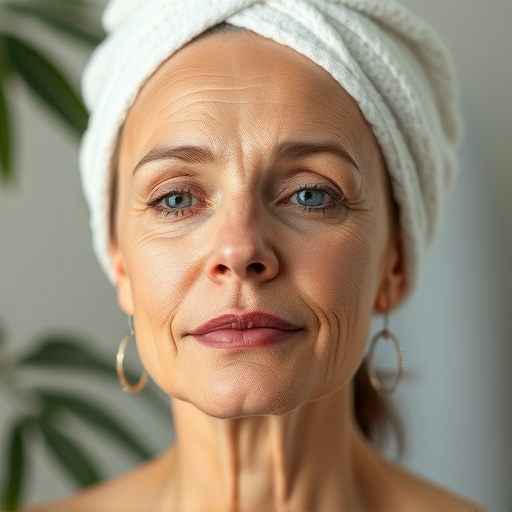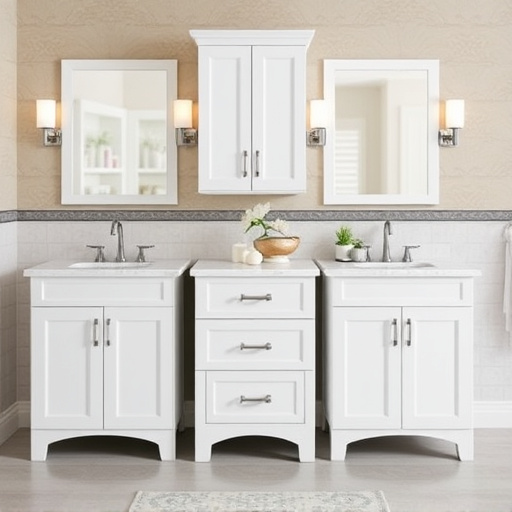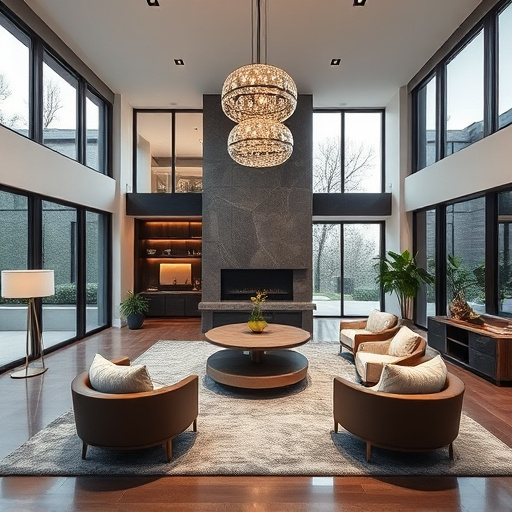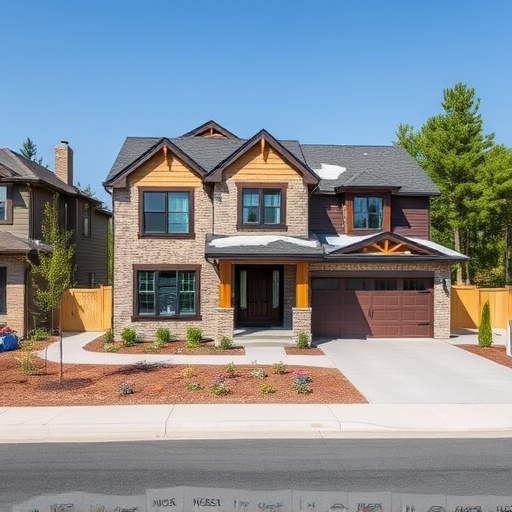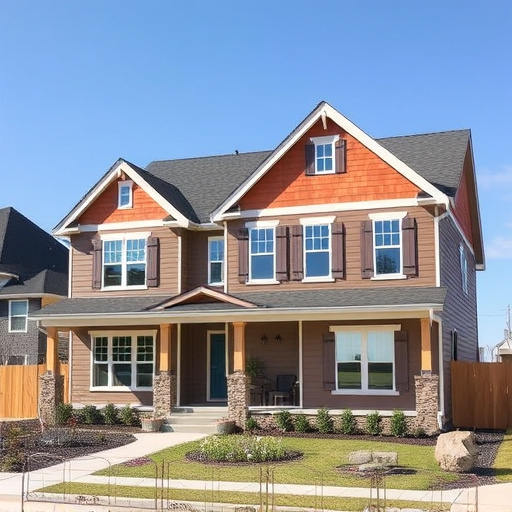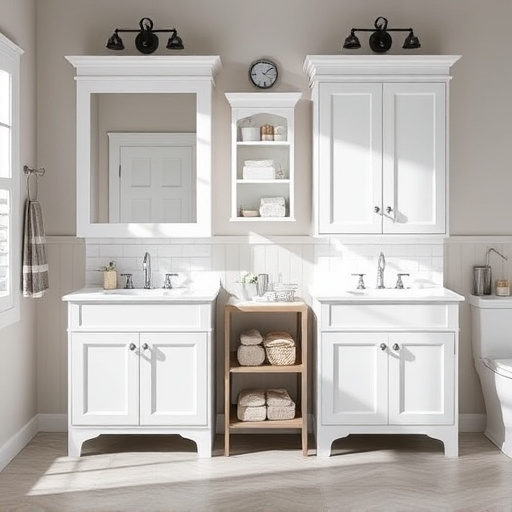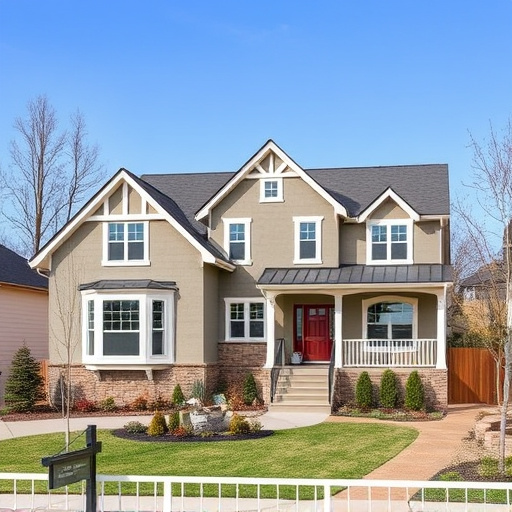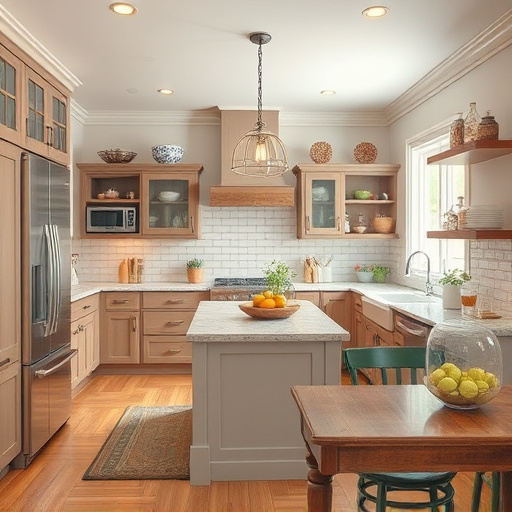Creating serene home interiors involves mindful color and texture choices, focusing on soft neutral tones and natural elements for relaxation. Incorporate textures like wood finishes, jute rugs, and linen curtains, along with comfortable fabrics. Use natural lighting and strategic lighting fixtures to enhance calm spaces, including dedicated relaxation areas. Lighting choices, from diffused light to adjustable bulbs, are crucial for transforming bustling areas into tranquil havens within home interiors.
Unwind and embrace tranquility with home interiors designed for relaxation and calm. In today’s fast-paced world, creating serene spaces becomes paramount for mental well-being. This article explores strategies to transform your abode into a sanctuary. Discover the power of color palettes and textures in cultivating peace, learn how natural elements enhance relaxation, and unravel the secrets of lighting designs that foster harmony. Elevate your home interiors with these insights, making every space a haven for rest and rejuvenation.
- Creating Serene Spaces: Color Palettes and Textures
- Natural Elements for Calm and Relaxation
- Lighting Strategies to Foster Peaceful Atmospheres
Creating Serene Spaces: Color Palettes and Textures
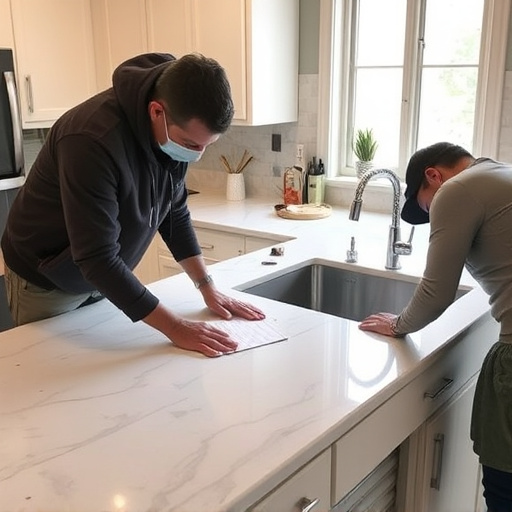
Creating serene spaces within home interiors is an art that involves a mindful selection of colors and textures. Soft, neutral tones such as pale greys, creamy whites, and subtle beiges set the stage for tranquility. These colors are known to evoke feelings of calmness and provide a perfect backdrop for adding personal touches. By opting for these hues in walls, furniture, and decor, you can create an atmosphere that invites relaxation.
Textures play a significant role in enhancing this soothing ambiance. Incorporate natural elements like wood finishes, jute rugs, or linen curtains to add warmth and depth. Soft fabrics like velvet or cashmere throws on chairs and sofas provide a comforting touch, making the space more inviting. When considering renovation services for your kitchen and bath, selecting materials with tactile appeal can significantly contribute to the overall serenity of these high-traffic areas. Even floor replacements can be an opportunity to introduce textures that nurture a sense of calm in your home interiors.
Natural Elements for Calm and Relaxation
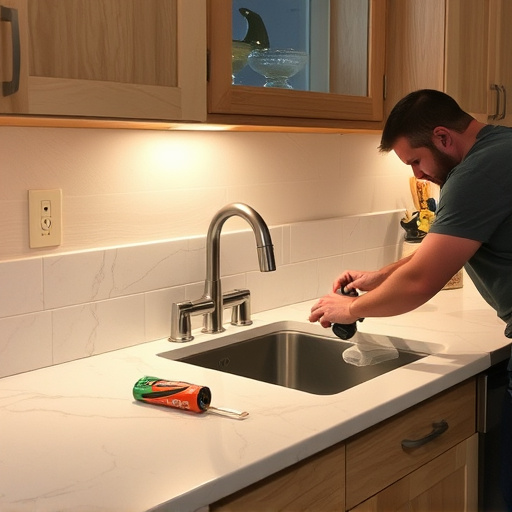
Incorporating natural elements into your home interiors is a powerful way to cultivate an atmosphere of calm and relaxation. Plants, for instance, not only add visual appeal but also improve indoor air quality by absorbing toxins and releasing oxygen. Incorporate potted plants of varying sizes throughout your living spaces or consider installing vertical gardens for a seamless blend with modern design aesthetics. Beyond greenery, natural materials like wood and stone offer tactile warmth and a connection to the outdoors. Whether it’s a wooden floor, a stone fireplace, or furniture crafted from sustainable sources, these elements introduce organic textures that promote serenity and grounding.
When designing spaces focused on relaxation, thoughtful interior painting choices play a significant role in setting the mood. Neutral tones like soft greys, beige, and taupe create a serene backdrop while subtly incorporating earthy hues can evoke a sense of tranquility. Consider customizes home renovations to include dedicated areas for relaxation—a cozy reading nook with plush seating and dimmable lighting or a tranquil sunroom bathed in natural light. Even a carefully curated kitchen remodel, featuring calming color palettes and comfortable seating, can transform the space from a bustling hub to a haven where you can unwind and savor moments.
Lighting Strategies to Foster Peaceful Atmospheres
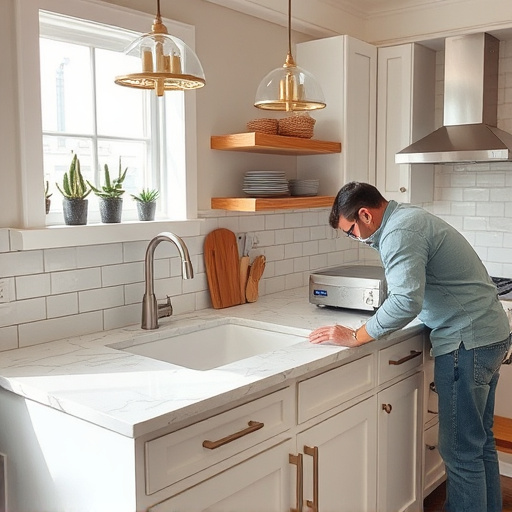
Creating a sense of tranquility within your home interiors involves carefully considering each element, and lighting is no exception. Soft, diffused light has a calming effect, so opt for lampshades that scatter light rather than harsh, direct beams. Natural light is also key; designing spaces to maximize sunlight during the day can significantly enhance feelings of relaxation. Large windows or skylights not only brighten up rooms but also connect the interior with the exterior, promoting a sense of openness and peace.
Incorporating dimmers and adjustable lighting fixtures allows for control over ambiance. Lowering lights in the evening or on stressful days can instantly transform spaces into tranquil retreats. Warm-toned bulbs, typically in the 2700K to 3000K range, create a cozy and inviting atmosphere, while cooler tones (below 2700K) stimulate activity. Strategically placing lamps in corner areas or using under-cabinet lighting in kitchens adds subtle glows that foster peaceful atmospheres, making your home interiors a sanctuary from the hustle and bustle of daily life. This focus on illumination is an essential aspect of modern home remodeling and additions, ensuring spaces are not only aesthetically pleasing but also conducive to relaxation.
Incorporating calming elements into your home interiors can transform spaces into sanctuaries of relaxation. By leveraging soothing color palettes, natural textures, and strategic lighting, you create atmospheres that promote tranquility and reduce stress. Whether it’s through earthy tones, organic materials, or soft illumination, these design choices contribute to a peaceful environment where you can unwind and recharge. Embrace these principles to cultivate home interiors that truly nurture both mind and body.
